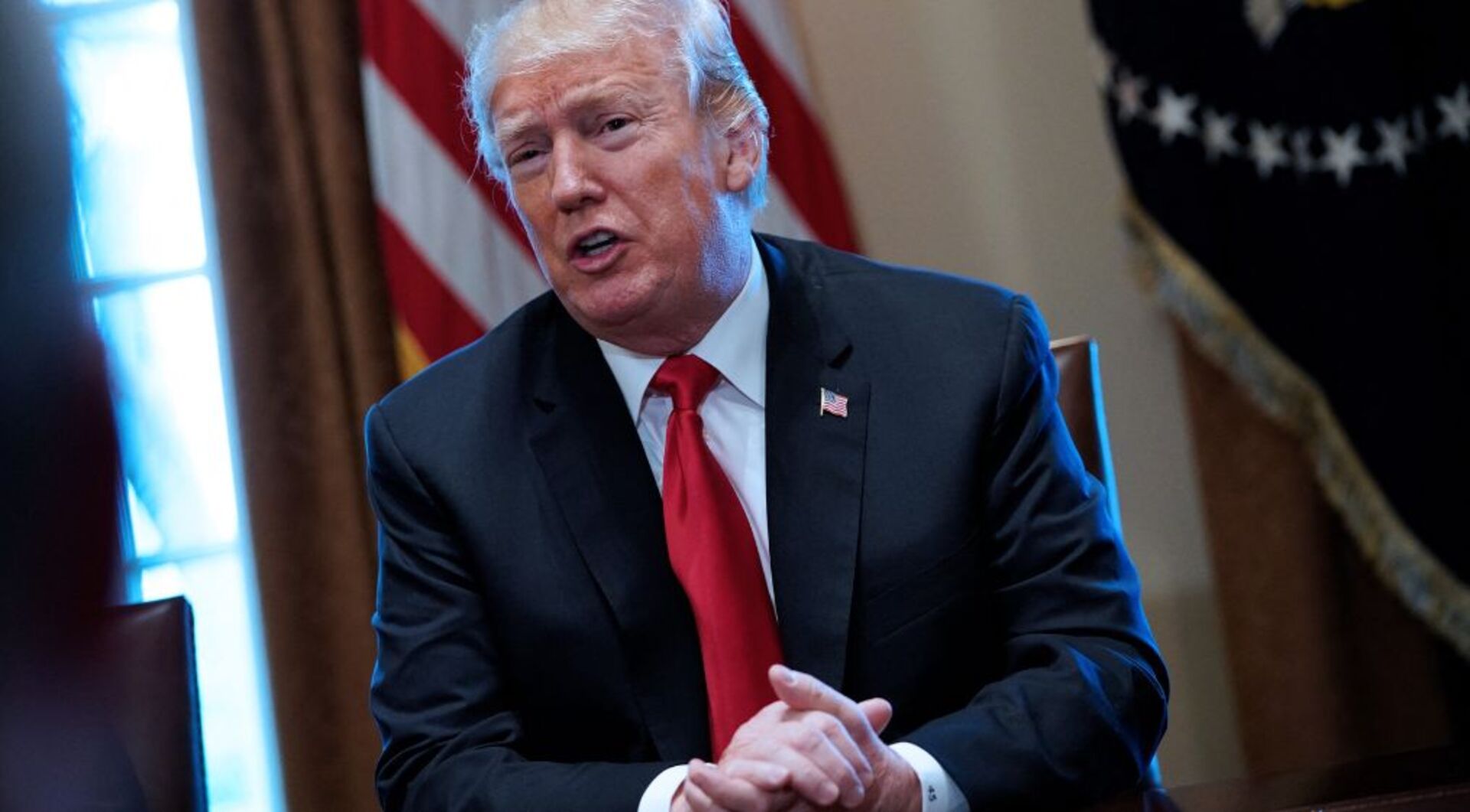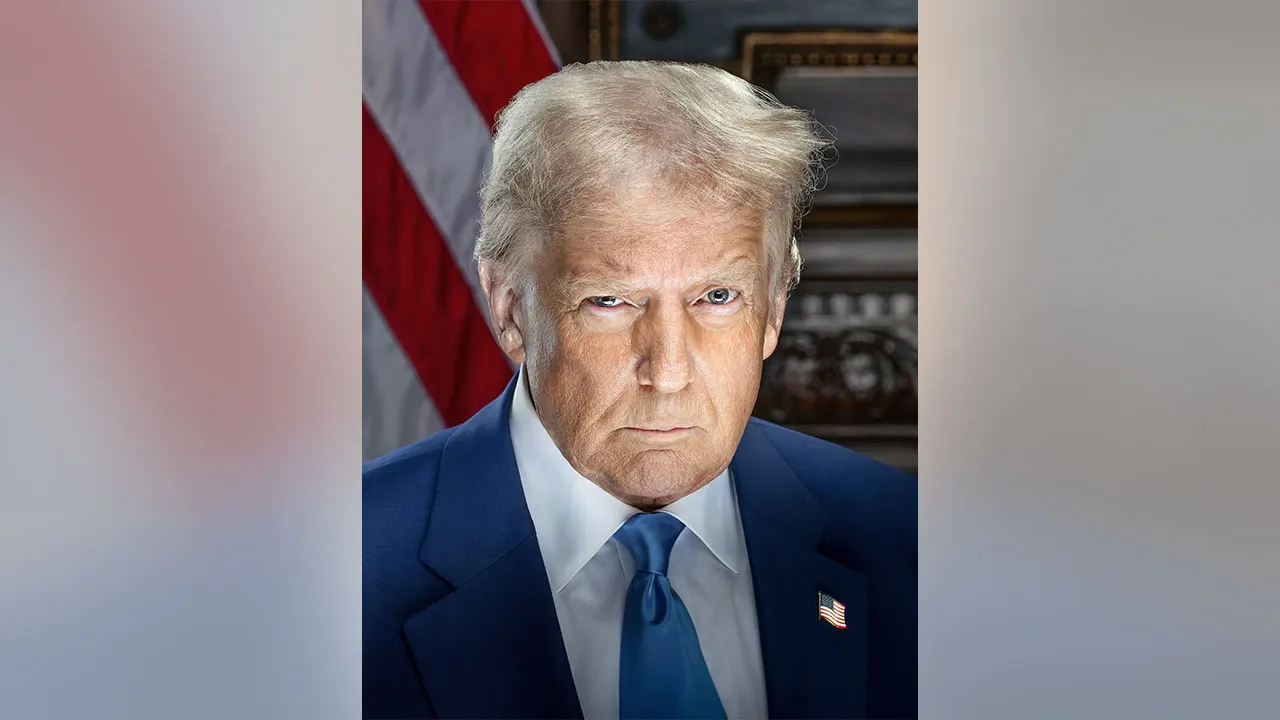South America
Is US President Donald Trump using tariffs as a negotiating tactic?

Introduction to the US Trade Tariffs Debate
The United States has recently taken significant steps in its trade policy, particularly concerning its neighbors and major trading partners, Canada and Mexico, as well as China. In a move that has temporarily eased tensions with its North American allies, President Donald Trump has paused punishing tariffs on goods from Canada and Mexico for 30 days. This reprieve has averted, at least for now, a potentially devastating trade war that could have disrupted the delicate economic balance among the three nations. However, the situation with China remains unresolved, as US tariffs on Chinese goods have officially come into effect. In response, Beijing has imposed its own retaliatory duties, accusing the US of unilateralism and filing a formal complaint with the World Trade Organization (WTO). These developments have sparked a heated debate about the effectiveness of tariffs as a tool for addressing trade imbalances and the broader implications for global trade relations.
The Pause on Tariffs with Canada and Mexico: A Temporary Reprieve
The decision to pause US tariffs on Canadian and Mexican goods has been met with relief from businesses, policymakers, and consumers in all three countries. These tariffs, which were initially imposed as part of President Trump’s broader trade agenda, had sparked widespread concern about the impact on North American supply chains, particularly in industries such as automotive manufacturing, agriculture, and energy. The delay has provided a much-needed breathing space for negotiations to continue, allowing the three nations to work toward a more equitable and sustainable trade arrangement.
However, the temporary nature of this pause underscores the fragility of the current situation. If a permanent resolution is not reached within the 30-day window, the tariffs could be reimposed, leading to renewed tensions and economic disruption. The stakes are high, as Canada and Mexico are among the US’s largest trading partners, and any prolonged trade war could have far-reaching consequences for the entire region.
The Escalation of US-China Trade Tensions
While the situation with Canada and Mexico has seen a temporary easing, the trade dispute with China continues to escalate. The US has officially implemented tariffs on a wide range of Chinese goods, prompting Beijing to retaliate with its own set of duties on American products. This tit-for-tat approach has raised concerns among economists and trade experts about the potential for a full-blown trade war between the world’s two largest economies.
China has strongly condemned the US tariffs, labeling them as unilateral and unfair. Beijing has also filed a formal complaint with the WTO, arguing that the US actions violate international trade rules. In a broader sense, the US-China trade dispute reflects deeper tensions between the two nations, including issues related to intellectual property, technology transfer, and market access. The ongoing trade war has already begun to impact global markets, with businesses and investors expressing growing anxiety about the uncertainty and volatility it has created.
The Global Response to US Trade Policies
The US tariffs on China and the temporary pause on tariffs with Canada and Mexico have elicited strong reactions from the international community. Many countries and international organizations, including the WTO, have criticized the US for its unilateral approach to trade policy, arguing that it undermines the rules-based global trading system. The European Union and other key trading partners have also expressed concerns about the potential spillover effects of these tariffs on their own economies.
At the same time, there is a growing recognition that the global trade system is in need of reform. Some experts argue that the US has legitimate grievances about unfair trade practices, particularly with regard to China, but that tariffs are not the most effective way to address these issues. Instead, they advocate for a more collaborative approach, involving multilateral negotiations and stronger enforcement mechanisms within the WTO.
The Debate Over the Effectiveness of Tariffs
The question of whether tariffs are an effective tool for addressing trade imbalances and protecting domestic industries remains a contentious issue. President Trump and his administration argue that tariffs are necessary to correct what they see as unfair trade practices and to protect American workers and businesses from foreign competition. They contend that the US has been exploited by its trading partners for decades and that tariffs are a means of reclaiming a level playing field.
However, critics of the tariffs, including many economists and trade experts, argue that they are a blunt instrument that often does more harm than good. They point out that tariffs can lead to higher prices for consumers, disrupt supply chains, and result in retaliatory measures from other countries. Moreover, they argue that tariffs are unlikely to resolve the underlying issues driving trade imbalances and may instead harm the very industries they are intended to protect.
In the context of the current trade disputes, the effectiveness of tariffs is being put to the test. While the temporary pause on tariffs with Canada and Mexico has provided a short-term reprieve, the ongoing tensions with China highlight the challenges of using tariffs as a negotiating tool. As the global economy continues to evolve, it remains to be seen whether the US approach will achieve its intended goals or whether it will lead to a more fragmented and uncertain trade environment.
The Road Ahead: Finding a Path Forward in Global Trade
The current state of US trade policy underscores the need for a more nuanced and sustainable approach to addressing trade imbalances and promoting fair competition. While the pause on tariffs with Canada and Mexico offers a chance for further negotiations, the ongoing tensions with China highlight the complexities of resolving deep-seated trade disputes. The global trading system is at a crossroads, with the US and its partners facing a choice between continuing down the path of unilateralism and protectionism or working together to strengthen multilateral institutions and rules.
Ultimately, the success of any trade policy will depend on its ability to balance the interests of all parties involved while promoting broader economic stability and growth. The US, Canada, Mexico, China, and other key players must engage in open and constructive dialogue to find solutions that benefit not just their own economies but the global economy as a whole. The stakes are high, but so is the potential for creating a more equitable and resilient international trade system.
-

 Money3 days ago
Money3 days agoConsumer Financial Protection Bureau Adds Error Message To Home Page
-

 Australia20 hours ago
Australia20 hours agoTropical Cyclone Zelia intensifies to category 2 storm
-

 Asia21 hours ago
Asia21 hours agoWhat you need to know about 2024 YR4, the asteroid that could hit Earth in about eight years’ time
-

 Money2 days ago
Money2 days agoWinning Content Strategies For Wealth Managers
-

 Entertainment13 hours ago
Entertainment13 hours agoPrince Harry and Meghan Markle’s Best Moments and Photos From the 2025 Invictus Games
-

 Politics21 hours ago
Politics21 hours agoDozens of religious groups sue to stop Trump admin from arresting migrants in places of worship
-

 Entertainment3 days ago
Entertainment3 days agoEvery Celebrity Who Attended the 2025 Super Bowl: A Guide to the A-Listers at the Big Game
-

 United States2 days ago
United States2 days agoJudge extends restraining order to ban Trump admin buyout offer to federal workers









